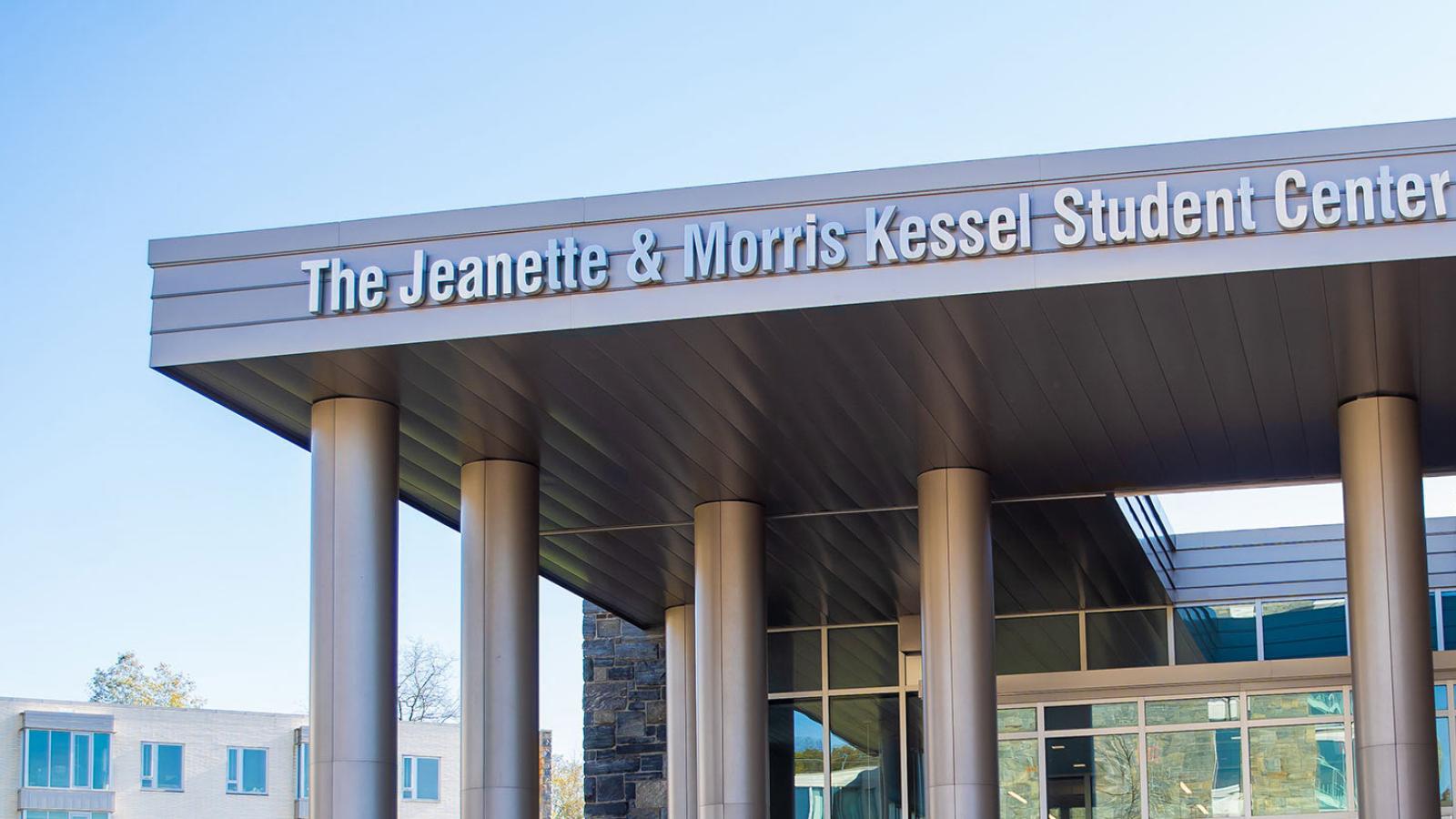This page is designed to assist the Pace Community in understanding the current status at 161 William Street after the parking garage collapse at 57 Ann Street. The building is currently open and in use, and the safety and wellbeing of the Pace Community remain our top priorities.
Here’s what you need to know about 161 William Street
- The building is safe. Though you may feel some vibrations and hear noises from demolition of the remaining parking structure, 161 William Street is safe and structurally sound, as confirmed by both the NYC Department of Buildings and an independent structural engineering firm retained by the University.
- The building was deep-cleaned prior to re-occupancy. In August, 161 William Street was deep cleaned, all air filters were changed, and an air-quality testing baseline was established.
- Limited areas of the building remain off-limits. The limited, partial vacate order issued by the NYC Department of Buildings remains in place for some areas on floors 1–6. The orders are in place due to heavy machinery operating in close proximity to the affected areas. They do not reflect concerns about air quality or structural safety. The following areas will NOT be accessible until the order is lifted by the Department of Buildings:
- 1st Floor: Safety and Security offices, the Security command center, restrooms, and building loading dock.
- 2nd Floor: University Health Care (UHC) and two classrooms in the western portion of the building.
- 3rd Floor: Three classrooms in the western portion of the building.
- 4th and 5th Floors: Several faculty offices
Recent Communications Regarding 161 William Street
- October 5: Update: 161 William Street Vibrations and Safety
- September 29: 161 William Street and Facilities Update
- August 30: NYC Campus: Capital Projects and Facilities Fall 2023 Announcements
- August 1: IMPORTANT UPDATES: 161 William Street and 33 Beekman
- May 9: UPDATE: 161 William Street to Remain Closed Through Summer
- April 21: UPDATE: 161 William on Pace’s NYC Campus
- April 19: Important Advisory: NYC Campus
- April 19: NYC Campus: Advisory Message for April 19
- April 19: An Update on Yesterday's Events in NYC
- April 18: Important Information: Pace’s NYC Campus
- April 18: Parents and Families: Important Information: Pace’s NYC Campus
Air Quality Reports
-
Vibration monitoring devices were installed to monitor the building. Our third-party structural engineer is receiving daily vibration results and will alert the University of any concerns. The current assessment from the week of October 2 indicates that the building is structurally stable. Read the October 5 vibration report from the third-party engineer (PDF).
Read the September 28 vibration report by our third-party structural engineer (PDF).
-
Asbestos monitoring has been ongoing in 161 William Street since the start of the demolition of the 57 Ann Street garage. Additionally, a third-party environmental consultant performed air sampling services for respirable dust and crystalline silica on September 6 and for airborne lead on September 19 within representative areas of the building. The purpose of the sampling was to determine if demolition of the adjacent parking structure is having an adverse effect on the air quality in the building. The results of the air quality testing indicated that the respirable dust and silica were found to be well below OSHA standards. All Phase Contrast Microscopy (PCM) Air Baseline Asbestos Air Sampling results were well below the NYC-DP mandated action and clearance criteria of less than 0.010 fibers per cubic centimeter (f/cc). Although not directly applicable, all PCM sample results were well below the OSHA permissible exposure limit of 0.10 f/cc over an eight-hour time weighted average. Air monitoring for airborne lead was conducted and analytical results were below the detection limit indicating no lead was detected in the samples. Read the third-party consultant’s reports on airborne lead (PDF) and asbestos and silica (PDF).
On September 27, a third-party environmental consultant performed an indoor air quality (IAQ) survey within representative areas of 161 William Street. The assessment included evaluation of four common IAQ parameters [carbon monoxide (CO), carbon dioxide (CO2) temperature,relative humidity]. These IAQ measurements were recorded in representative locations of the office spaces. Organic vapors, total particulates, and non-viable fungi (mold) spore/particles air sampling was also conducted. Read the third-party report on indoor air quality (PDF).
Once again on November 27, a third-party environmental consultant performed an indoor air quality (IAQ) survey within representative areas of 161 William Street. The assessment included evaluation of four common IAQ parameters [carbon monoxide (CO), carbon dioxide (CO2) temperature,relative humidity]. These IAQ measurements were recorded in representative locations of the office spaces. Organic vapors, total particulates, and non-viable fungi (mold) spore/particles air sampling was also conducted. Read the November 27 third-party report on indoor air quality (PDF).
The University continues regular communication with the Department of Environmental Protection (DEP) in regard to any recommendations. Based on our ongoing testing and these additional air quality tests, we have been assured that the building is safe.
-
In August, prior to re-occupying the building, all interior surfaces of the air handlers and coils were cleaned on the 1st, 4th, and 5th floors. The cleaning was performed with a HEPA vacuum to remove visible contaminants and all air filters in the building were replaced with new MERV-13 filters.
-
Crack monitoring devices were installed on the westernmost wall that shared a party wall with the garage. The devices are monitored regularly by a third-party structural engineer. There has been no movement since April 2023.
-
Facilities and Campus Planning publishes and distributes weekly updates about all campus activities to the Pace Community. They are publicly available and shareable. Review the most recent updates.
